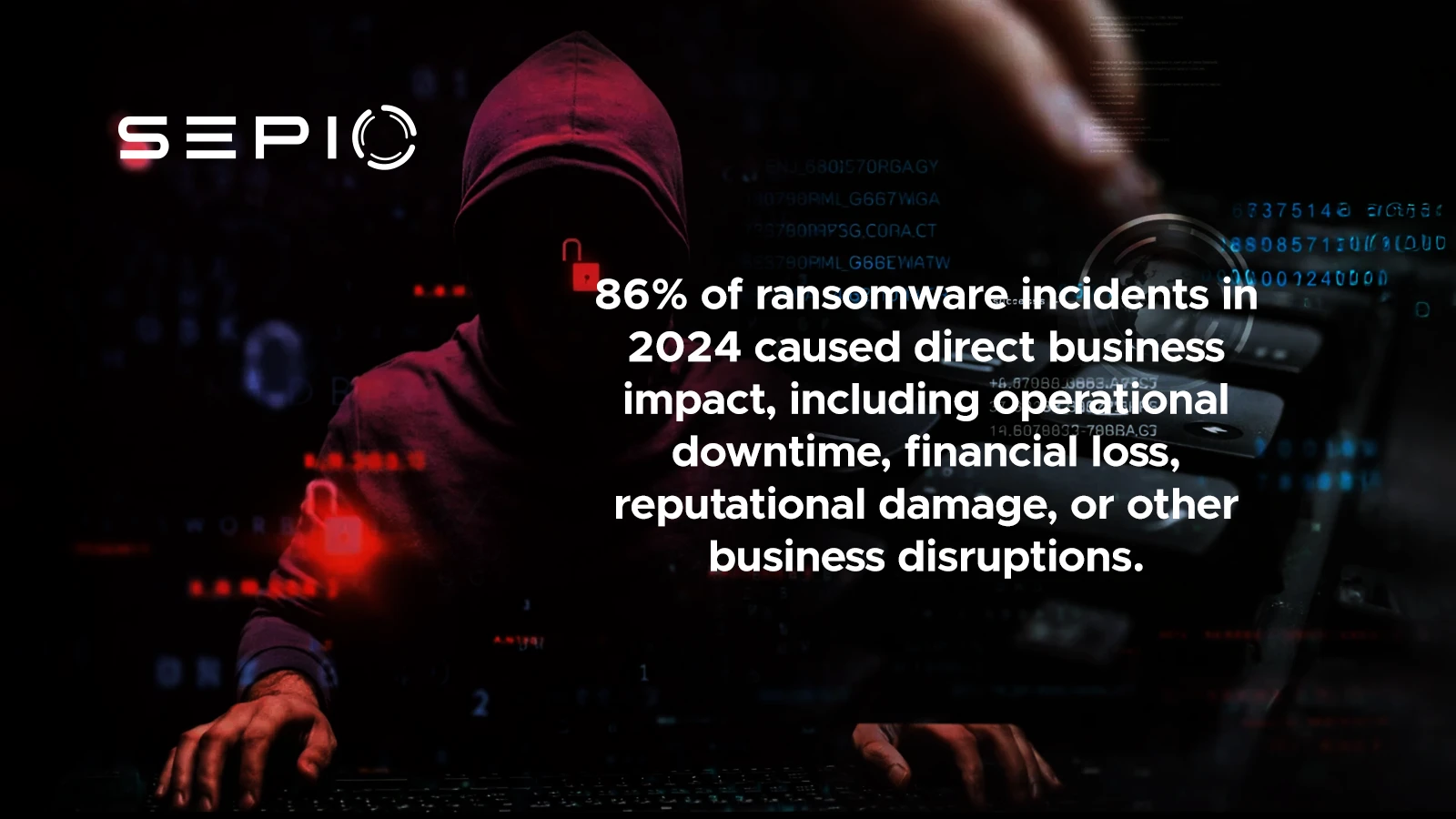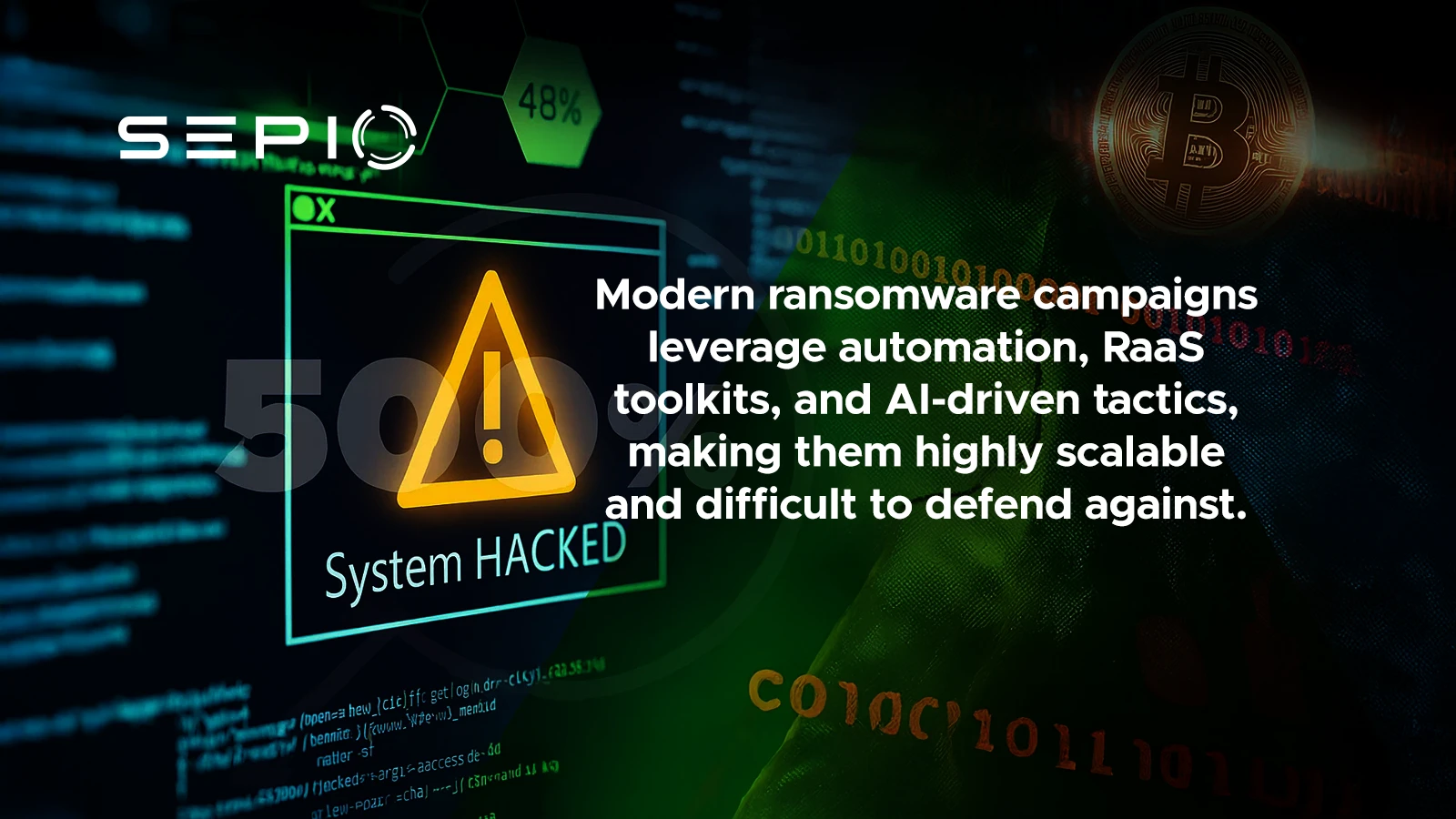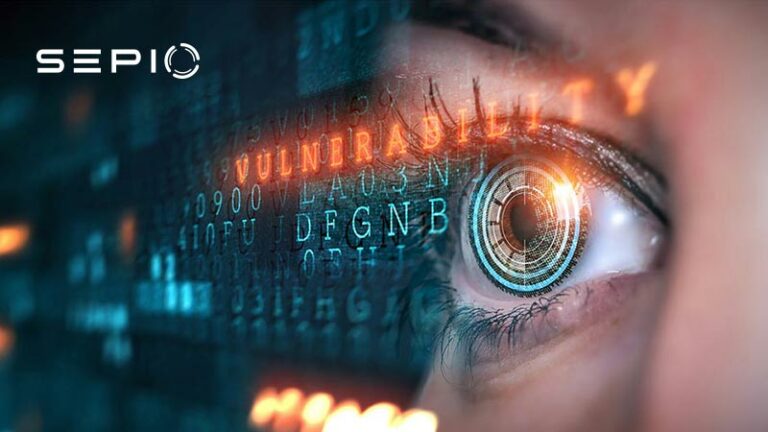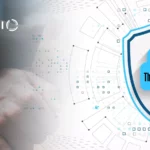What Is a Ransomware Attack?
Ransomware attacks are one of the most dangerous and fast‑growing forms of cybercrime today. These attacks occur when hackers encrypt or lock a victim’s data and demand payment, usually in cryptocurrency, to restore access. Ransomware can target individuals, businesses, and critical infrastructure, making it a top priority for modern cybersecurity strategies.
What began as a relatively small‑scale threat in the late 1980s has evolved into a global ransomware crisis, affecting governments, healthcare systems, and enterprises of all sizes. Understanding how ransomware attacks work is the first step toward effective protection.
A ransomware attack is a type of malware attack in which cybercriminals prevent users from accessing their systems or data. Attackers then demand a ransom in exchange for a decryption key or restored access.
Modern ransomware attacks often involve:
- Sophisticated malware
- Social engineering techniques
- Ransomware‑as‑a‑Service (RaaS) platforms
The impact of a ransomware attack goes beyond financial loss. Organizations may suffer operational downtime, reputational damage, regulatory penalties, and even national security consequences.
The Origins and Evolution of Ransomware
Ransomware began in 1989 with the PS Cyborg Virus, which encrypted files on floppy disks and demanded payment by mail, establishing the foundational extortion model. Over time, the threat evolved alongside cybercrime, with cryptocurrencies enabling anonymous, scalable attacks. Initially focused on file encryption, ransomware later incorporated data exfiltration and double extortion, threatening to leak stolen data.
By the late 2010s, attackers shifted tactics as data leaks alone became less effective. According to Palo Alto Networks Unit 42, a third wave emerged by 2024, emphasizing operational disruption, causing downtime, destroying systems, and damaging reputations. Today, ransomware is faster, more automated, and often delivered via Ransomware-as-a-Service (RaaS), combining encryption, theft, and sabotage to pressure organizations financially and operationally.

How Ransomware Attacks Work
Ransomware attacks typically follow a predictable sequence:
- Initial Infection: Ransomware typically enters a system through phishing emails, malicious links, or exploited software vulnerabilities.
- Encryption and System Lockdown: Once inside, the malware encrypts the victim’s files or entire systems, rendering them unusable. Attackers then demand payment in exchange for a decryption key.
- Ransom Demand and Aftermath: Victims face a difficult choice: pay the ransom or lose access to critical data. Payments are usually demanded in cryptocurrency, making them difficult to trace. Even when a ransom is paid, data recovery is not guaranteed.
Unlike biological viruses, ransomware cannot be contained with a simple lockdown, only strong, proactive cybersecurity defenses can stop its spread.
The Scale of the Modern Ransomware Threat
Ransomware and extortion‑related attacks are faster, more complex, and more disruptive than before. In 2024, Unit 42 responded to over 500 major cyberattacks, and 86% of those caused direct business impact, including operational downtime and reputational harm.
Attackers are combining traditional ransomware encryption with data theft and deliberate operational disruption, going beyond simple file encryption to pressure victims with broader impact.
The speed of attacks has increased sharply: in nearly 20% of cases data exfiltration occurred within one hour of compromise, giving defenders very little time to respond.
Modern ransomware threats are enabled by automation, ransomware‑as‑a‑service (RaaS) toolkits, expanded attack surfaces, and AI‑driven tactics, making campaigns more scalable and harder to defend against.

Ransomware Attacks and National Security Risks
The RaaS model has significantly escalated the threat landscape. Today, ransomware campaigns can be launched by individual hackers, organized crime groups, and even state‑sponsored actors.
Critical sectors, including healthcare, government, transportation, and energy, are prime targets. Attacks on these systems can disrupt physical operations, endanger public safety, and pose serious national security risks.
Ransomware increasingly targets Operational Technology (OT) systems, where digital attacks can cause real‑world damage. Attackers may combine ransomware with denial‑of‑service (DoS) attacks, data theft, or data destruction to increase pressure on victims.
Common Ransomware Attack Vectors
Hackers have multiple methods at their disposal to deliver ransomware:
| Attack | Infiltration |
| Phishing | Victim clicks on links to fake websites, or unknowingly download malicious files, both of which install the ransomware on the victim’s device. |
| RDP credentials | Attackers steal RDP credentials, which are often weak, and gain access to the server. Endpoint detection is bypassed, and the perpetrator can begin the attack. |
| Software vulnerability | Exploiting vulnerabilities provide attackers with an open door to the enterprise. Confidential data can be accessed and stolen, and ransomware can be injected. |
| Rogue devices | Without hardware‑level security, rogue devices can connect undetected and quietly inject malicious code into enterprise environments. |
Why Hardware Security Matters in Ransomware Defense
Many government and cyber security groups offer advice on how to reduce the risk of ransomware attacks. While helpful, these tips often overlook a key area: hardware security. Without strong protection at the hardware level, companies stay vulnerable to attacks that target physical devices. This gap leaves many organizations exposed to serious threats.
Without hardware security, the Physical Layer remains uncovered. Thus allowing Rogue Devices to go undetected as they operate on this layer. Spoofed Peripherals are manipulated on the Physical Layer and impersonate legitimate HIDs, being detected as such by endpoint security software. Network Implants go entirely undetected by network security solutions, including NAC. This is because they sit on the Physical Layer, which such solutions do not cover. Rogue Devices’ immunity to existing security measures means attackers can easily infiltrate a target without raising any alarms and, from here, inject malicious code.
How Sepio Helps Prevent Ransomware Attacks
Sepio’s Asset Risk Management (ARM) solution helps organizations gain full visibility into their hardware. It covers the Physical Layer, which is often left unprotected, and blocks hardware attacks.
As a leader in Rogue Device Mitigation (RDM), Sepio detects, identifies, and manages all connected devices. No device is left unchecked.
Sepio uses Physical Layer Fingerprinting and machine learning to create a digital fingerprint based on each device’s electrical signals. It then compares these fingerprints to known threats. This allows Sepio to spot risky or unknown devices and detect vulnerable switches across the network.
In addition to the deep visibility layer, a comprehensive policy enforcement mechanism recommends on best practice policy and allows the administrator to define a strict, or more granular, set of rules for the system to enforce. When a device breaches the pre-set policy, Sepio’s automatically instigates a mitigation process that instantly blocks unapproved or Rogue hardware.
Protect Your Organization Against Malware
Understanding ransomware and its methods is crucial for strengthening defenses. By combining full hardware security, threat intelligence, and solid cyber security practices, enterprises can better manage risks. As a result, they can protect their sensitive data from ransomware attacks more effectively.
Talk to an expert today to learn how Sepio’s patented technology can help you achieve complete asset visibility and secure your infrastructure from modern cyber threats.






